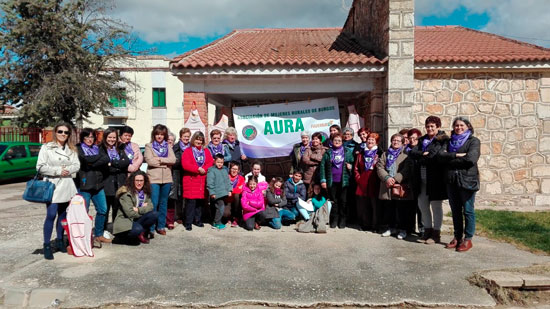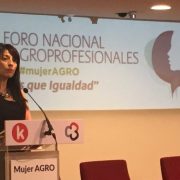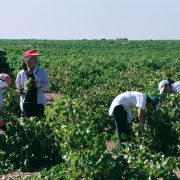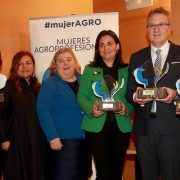The rural labor market: the six inequalities that rural women suffer
The Federation of Rural Women’s Associations (FADEMUR) wants this March 8, International Women’s Day, “everyone understands why rural women suffer double discrimination: one for women, one for rural.” And, especially, the federation wants society to know, understand and fight against the specific difficulties that the female sector suffers in the working environment of the people.
For these and other reasons, FADEMUR calls for the participation of the entire society in the mobilizations planned on March 8:
Vertical segregation: Glass ceilings are lower in the villages. The presence of women in positions of responsibility of the rural environment is unfairly scarce. In cooperatives, for example, women represent about 25% of the social base, but only 3.5% of the members of the governing councils.
Horizontal segregation: The women of the villages are very restricted to certain jobs, usually related to care. Even in sectors to which they frequently work, such as agri-food, there is great discrimination when it comes to offering them jobs. In this sense, female labor usually tends to be manipulated and not so much to work as an employee on farms. In fact, the labor market they can access is so short that they have become one of the social groups most affected by unemployment, with a rate close to 42%.
Invisible work: The work of women in the primary sector is still, in many cases, invisible. Although there has been a Law on Shared Ownership for nine years, the governments have not promoted it in all this time and, therefore, it has been applied very irregularly (in the Community of Madrid and in the Balearic Islands, the registration has not yet been released) and in all cases insufficiently, in total there are 669 registered farms.
Less access to the agricultural business: Women have fewer farms than men and, in addition, theirs are smaller, so they access less aid. In Spain, women represent 37.3% of the recipients of direct aid from the CAP, that is, 279,815 women versus 470,397 men receive this aid. As for the amount, women also go badly: on average, producers earn 36.67% less than producers (€ 3,483 women versus € 5,500 men). Finally, the same applies to aid for rural development programs: the economic differential between genders reaches 23.66% of aid, with women being harmed.
Care overload: Rural women live in the first person the burden and lack of recognition of unpaid domestic work. “Help” and “care” are considered our obligation in many cases and are higher burdens for women in villages than in cities due to the limited services available to the dependent population.
Worst access to ICTs: The digital divide between the rural and urban world harms the possibilities of self-employment and entrepreneurship of women living in the villages. 60% of rural municipalities do not have broadband connection or it is very defective or expensive, what is called being in a “shadow zone”, where teleworking becomes a utopia and the chances of success at the time to undertake are very small.
















